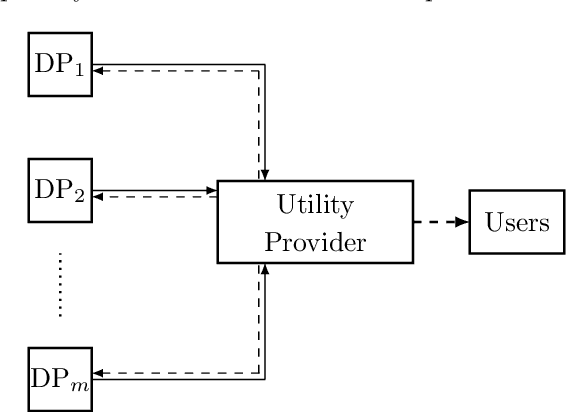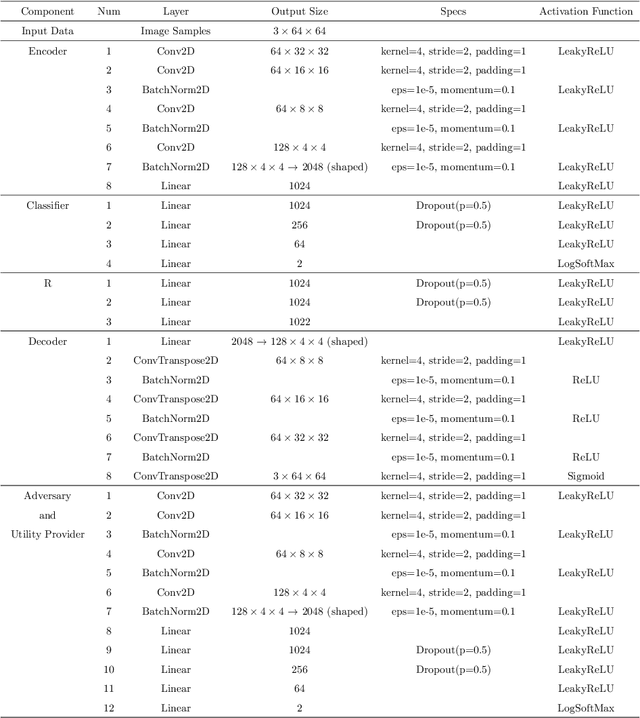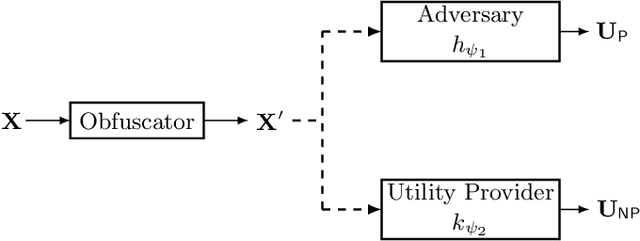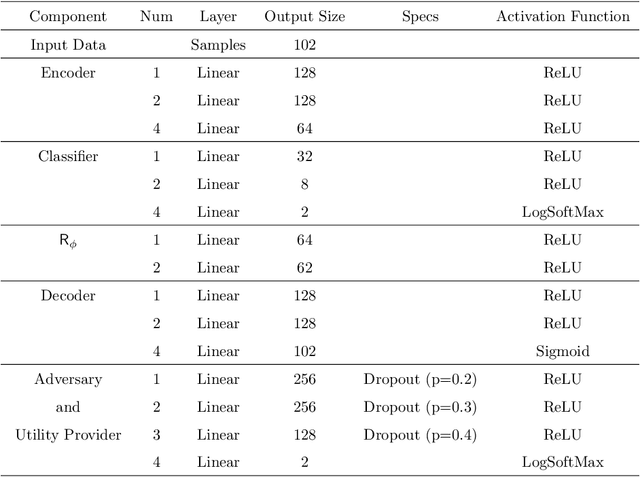Mohammad Mahdi Mojahedian
Fundamental Trade-Offs in Monostatic ISAC: A Holistic Investigation Towards 6G
Jan 31, 2024



Abstract:Integrated sensing and communication (ISAC) emerges as a cornerstone technology for the upcoming 6G era, seamlessly incorporating sensing functionality into wireless networks as an inherent capability. This paper undertakes a holistic investigation of two fundamental trade-offs in monostatic OFDM ISAC systems-namely, the time-frequency domain trade-off and the spatial domain trade-off. To ensure robust sensing across diverse modulation orders in the time-frequency domain, including high-order QAM, we design a linear minimum mean-squared-error (LMMSE) estimator tailored for sensing with known, randomly generated signals of varying amplitude. Moreover, we explore spatial domain trade-offs through two ISAC transmission strategies: concurrent, employing joint beams, and time-sharing, using separate, time-non-overlapping beams for sensing and communications. Simulations demonstrate superior performance of the LMMSE estimator in detecting weak targets in the presence of strong ones under high-order QAM, consistently yielding more favorable ISAC trade-offs than existing baselines. Key insights into these trade-offs under various modulation schemes, SNR conditions, target radar cross section (RCS) levels and transmission strategies highlight the merits of the proposed LMMSE approach.
Adjustable Privacy using Autoencoder-based Learning Structure
Apr 07, 2023



Abstract:Inference centers need more data to have a more comprehensive and beneficial learning model, and for this purpose, they need to collect data from data providers. On the other hand, data providers are cautious about delivering their datasets to inference centers in terms of privacy considerations. In this paper, by modifying the structure of the autoencoder, we present a method that manages the utility-privacy trade-off well. To be more precise, the data is first compressed using the encoder, then confidential and non-confidential features are separated and uncorrelated using the classifier. The confidential feature is appropriately combined with noise, and the non-confidential feature is enhanced, and at the end, data with the original data format is produced by the decoder. The proposed architecture also allows data providers to set the level of privacy required for confidential features. The proposed method has been examined for both image and categorical databases, and the results show a significant performance improvement compared to previous methods.
 Add to Chrome
Add to Chrome Add to Firefox
Add to Firefox Add to Edge
Add to Edge